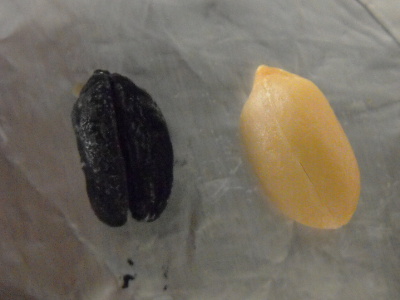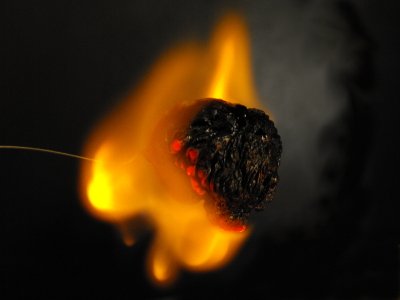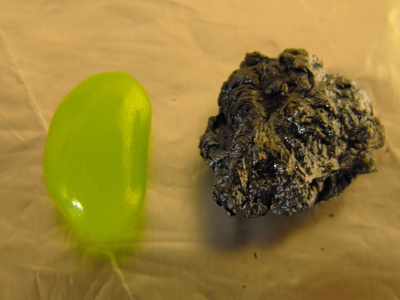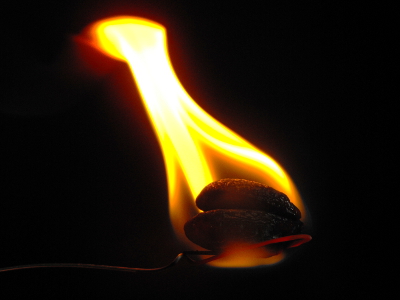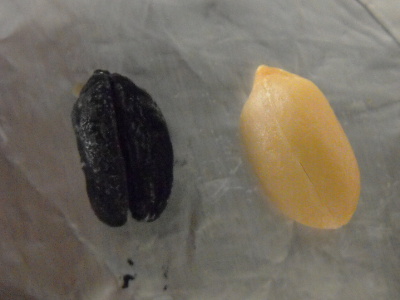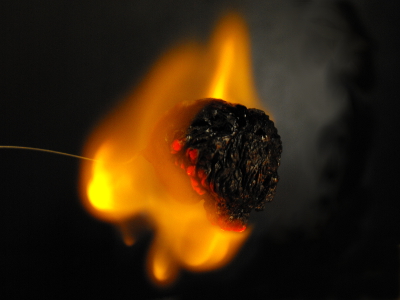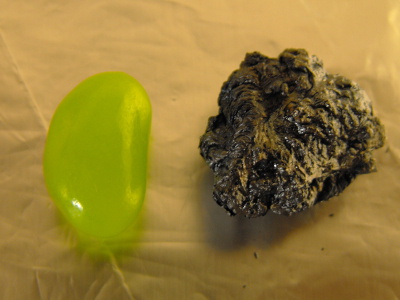Potential Energy
Gravitational potential energy is something which is one of the many different ways energy can be stored. Other forms of energy that could be stored include elastic, electrical and chemical energy. Storing energy means that it has the potential to do work once it is released. Changing the position of an object can cause it to gain energy potential. For example if you were to lift a 5kg weight 1 meter off of the ground it would gain potential gravitational energy.
Our Top Gift Ideas for Young Scientists
 |
  |
 |
|---|
I can calculate the amount of potential energy the object gains by using the formula
Ep = m x g x h
This formula multiplies the mass of the object by the gravity constant 9.81m/s2 and the change in height. In this case the 5 kg weight which had been lifted 1 meter above the ground gained 49 joules of gravitational potential energy. If I were to drop the weight all of this stored potential gravitational energy would be transformed into kinetic energy over the course of the weights fall.
There is also chemical potential energy which is energy that is stored in the bonds holding partials and molecules together. The energy can be released from some things by burning them. This is a combustion reaction which releases energy in the form of light and heat. When we eat food we digest it to release the chemical energy from the food through a series of chemical reactions. The energy from our food gives us the ability to perform basic life functions and other things such as running and jumping.
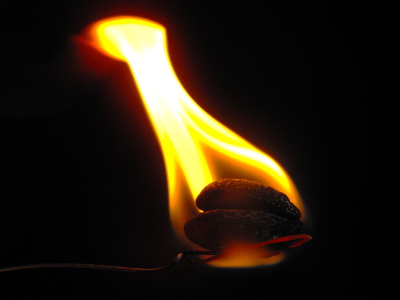
A combusting peanut
Elastic potential energy is energy stored in such things as rubber bands or springs by deforming them. Shooting an arrow from a bow demonstrates the release of stored potential elastic energy well. As the bow string is pulled back it stretches and deforms. Then once the string is released the string quickly returns to its normal shape and in doing so the arrow is launched from the bow with the same amount of energy used to pull back the string. Trampolines are also good examples. The springs lining the side of the trampoline absorb the energy of the person falling back down and then it pushes them back up.
'Science Kids'
Stay updated and subscribe to "Science News For Kids" our monthly e-zine.
Science fair combustion experiment
In the food we eat there is stored energy in the form of chemical potential energy. This can be shown visually by the combustion of the food because this shows the energy which was contained in the food through the production of heat and light. In your science fair project you could choose different foods and compare such as peanuts, pasta, jelly beans, bread. Virtually any food is suitable for the experiment as long as the food is dry because a high water content will prevent it from burning readily.
To measure the amount of energy that is released when the food combusts record the temperature change in 1 ml of water. One calorie is required to increase the temperature of 1 ml of water by one degree. This means that if the water is heated by 32 degree Celsius the food contains 32 calories. The energy transferred from the combusting food to the water is not even close to being an efficient transfer of energy. This will not matter since you will use the same conditions for each food item and so it should not be too much of a problem. Fill a test tube with water and under the test tube put your burning food item. Then use a thermometer to measure the temperature change.
Go from potential energy to home.
